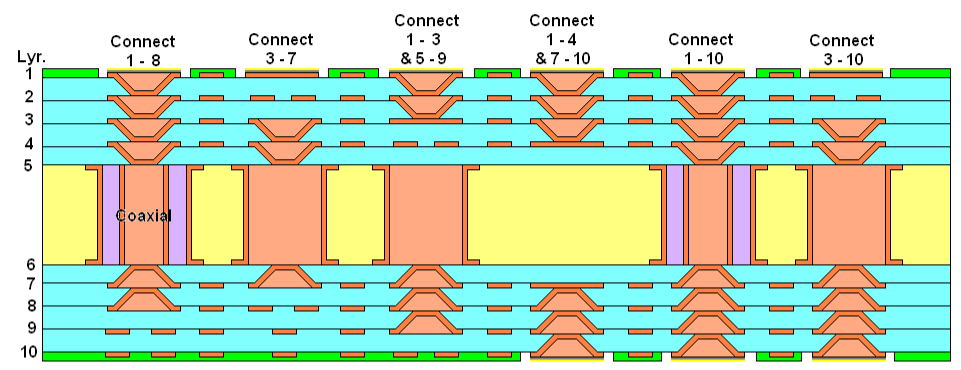Metal Core PCBs
- Nujay Technologies
- Aug 7, 2019
- 3 min read
Today’s advanced electronics require high power levels and large heat removal from the denser chip packaging. Typical printed circuit technology will not disperse enough heat to satisfy these newer designs. It does not have low enough CTE numbers to properly solder higher count BGA, without reliability problems. Advanced metal cores, as well as utilizing higher thermal conductivity laminates, can obtain the thermal conductivity and CTE numbers that are needed.
New microelectronics is packing more density than ever into a smaller package, resulting in higher heat densities which create new heat related problems. Metal core high thermal conductivity chip packaging advances allow higher output designs to run cooler.
Very high power LED chips used in digital camera flash and HDI lamination applications are a special engineering problem with very high temperature dispersion in a small footprint. New thermal laminates added to metal core printed circuits spread and disperse the high temperatures of the LED or Ball Grid die outward. With exciting new technologies in advanced thermal dynamic printed circuit boards, there exist many different types of metal core PCBs to satisfy your design requirements.
·
Single sided thermal prepreg on metal core, for power supplies and LED applications.
Double sided boards with a metal core, for thermal conductance and or CTE requirements.
Multilayer boards with a metal core in the center, for CTE and for thermal considerations.
Multiple metal cores in a multilayer, for tighter CTE control and higher thermal dissipation.

Metals Used as Cores
Copper Invar Copper (CIC) is very popular and readily available, has low CTE numbers and good thermal conductivity.
Copper Molybdenum Copper (CMC) is a higher thermal conductive metal than Invar. CMC is tougher to process, but has very low CTE numbers.
Aluminum is readily available, in many different types; 6061 T6 is the most common, also 3003. It has good thermal numbers, but has high CTE expansion numbers. Some anodized aluminum is used but can have delamination problems. Aluminum bases can be protected through anodized coatings. Thermal vias can be added under the heat generating chips to further improve thermal heat conducted away and lower the chip temperature.
Copper has high thermal conductivity and good adhesion to FR4, but suffers from a high CTE. It is easy to obtain, can be oxide coated and easily drilled with low angle bits or router bits.
Multilayer metal core boards are used when severe thermal or low CTE requirements need to be met. The metal cores are drilled and filled with an epoxy, then planarized and inserted into the multilayer layup individually. The multilayer is then processed as normal.

High Powered LED’s require a significant heat removal system to prevent the LED die from overheating. Typically, the metal core heat sink board is 30 to 40 mils of 6061 T6 aluminum and a thin FR4 single layer board laminated to the aluminum. The thicker the aluminum and the thinner the FR4, is better to increase the heat removal capabilities. Some designers use thermally conductive prepreg to increase the thermal conductance. The circuit is laminated together with 1/3 to 3 oz. sq. ft. of copper. Typical PCB processing is used to create the traces. A solder mask is applied over the single sided copper after etch and a final finish is applied.
Low CTE metal core circuits can get quite complicated with one to four layers of copper invar copper metal cores and low CTE laminates such as Kevlar. The purpose of various cores is to use the materials expansion properties in combination to limit circuit growth during thermal cycles.



Comments